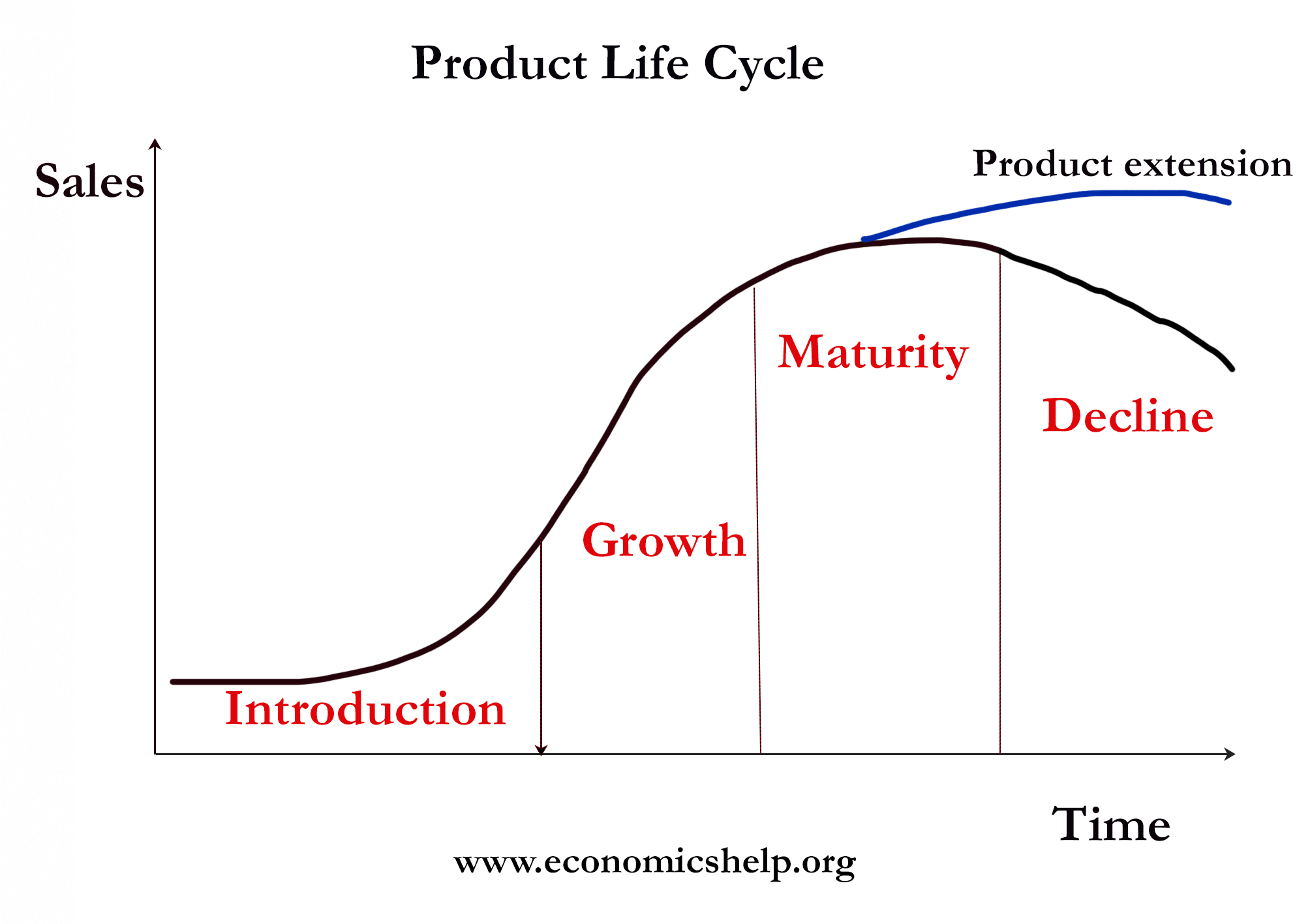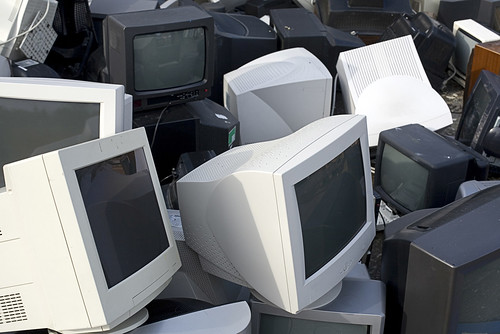Designers need to consider the whole product cycle of potential products, services and systems throughout the design cycle and beyond. Products may have an impact not only on the direct consumer but also on society at large and the environment.
Product Life Cycle: A description of the presence or behaviours of a product in the marketplace over time.
Key Stages of the Product Life Cycle

Innovation and the continuous development of new and improved products are key to the design process. Product life cycle is a business technique that attempts to list the stages in the lifespan of commercial/consumer products. Such stages include;
Launch (Introduction Phase) With any new product or service you must introduce it to the marketplace. It is necessary to launch the product with the right image and at the right price. It is also important to have adequate infrastructure to support this product - poor distribution can mean problems in the future. TO introduce a new product to the marketplace will require significant investment.
Growth Phase Once your product has survived the introduction phase it will need to grow; it is at this stage it is hoped that sales and profits grow to desirable levels.
Maturity Phase The profit revenue from the product is falling and price reductions are necessary in order to remain competitive. It is likely that your customer base is as wide as it will go.
Decline Phase Falling sales means that customers are exhausting the product cycle and it is in decline, possibly due to market decline. This can translate to a product extension however (instead of a decline) with marketing strategies such as a relaunch or modification in design.
Obsolescence
Obsolescence is the process of becoming obsolete or outdated and no longer used. Below are the four main reasons behind why obsolescence occurs;
Planned Obsolescence / Built-in Obsolescence A product becomes outdated as a conscious act either to ensure a continuing market or to ensure that safety factors and new technologies can be incorporated into later versions of the product. [artificially limited product lifespan in hopes of return purchases]. It has moral implications not only on the consumer but also on excessive, unnecessary environmental waste.

Style (fashion) Fashions and trends change over time, which can result in a product no longer being desirable (undesirability of old fashioned items). However, as evidenced by the concept of retro styling and the cyclic nature of fashion, products can become desirable again. Products can be redesigned whilst maintaining its technical specifications to cater to the market.

Functional Over time, products wear out and break down. If parts are no longer available, the product can no longer work in the way it originally did. Also, if a service vital to its functioning is no longer available, it can become obsolete.

Technological When a new technology supersedes an existing technology, the existing technology quickly falls out of use and is no longer incorporated into new products. Consumers instead opt for the newer, more efficient technology in their products. It is a form of functional obsolescence due to the rapid pace of technological change - and one of the biggest causes for obsolescence.

Predictability of the Product Life Cycle
Predictability The rate of technological advancement has given birth to very short product life cycles especially with technical products; you can expect something to get replaced every year, for example.

Unpredictability While a product's life may be limited, it can be hard for manufacturers to product exactly how long it is likely to be, especially during the new product development phase. While most manufacturers are very good at making the best decisions based on the information they have, consumer demand can be unpredictable, which means they don't always get it right.
Product versioning Product versioning is a business practice in which a company produces different models of the same product, and then charges different prices for each model. Versioning a product gives the consumer the option of purchasing a higher valued model for more money or a lower valued model for less money.
Product Versioning / Generations
Product Versioning is offering a range of products based on a core or initial product market segments.A company can maintain a pioneering strategy and consistent revenue flow by introducing new versions or generations of a product to a market. Apple uses this strategy effectively, creating multiple versions and generations of their iPod®, iPhone® and iPad® products.
Advantages:
- Improved consumer choice: consumers can choose the version thats suits them.
- Improved consumer choice: can choose a budget level such as Quicken tax software
- Maximise profits for the company hopefully through increased sales.


No comments:
Post a Comment